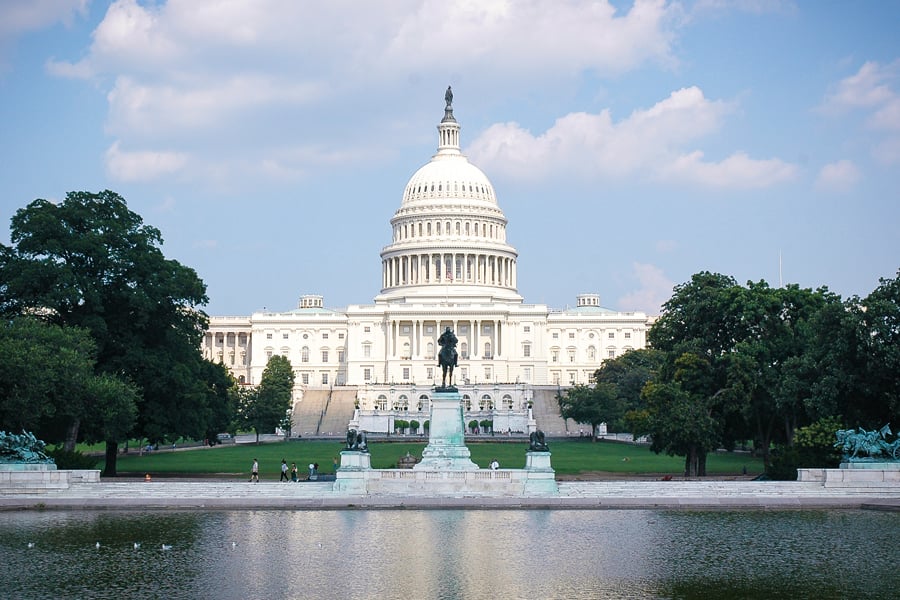

With the COVID-19 pandemic still looming as a giant question mark over much of the world, it might seem premature to start pondering the potential economic hangover from government stimulus efforts, but financial advisers should be doing exactly that.
While much attention has been paid to the mostly forgivable, small business Paycheck Protection Program loans through the CARES Act, the part of the program geared toward larger businesses is where advisers might want to scratch beneath the surface.
Unlike the PPP loans through the Small Business Administration, which funded 1.66 million loans totaling $349 billion in a head-spinning 14 days, the mountain of capital being set aside for larger businesses comes with lots of strings attached.
The wildly popular PPP, which caps the two-year loans at 2.5 times a business’ monthly payroll expenses, has already been restocked with fresh cash.
Those loans require borrowers to follow some general guidelines related to keeping workers on the payroll for as long as possible and most analysts are expecting those loans will be added to the national debt.
But an area getting less attention right now is the longer-term loans to businesses with less than 10,000 employees and with up to $2.5 billion in annual revenues.
The ultimate size of this loan program starts with $75 billion from the U.S. Treasury that the Federal Reserve is expected to lever up to the $600 billion range.
The basic outline of this loan program, which was part of the Fed’s $2.3 trillion second wave of stimulus support that was announced two weeks ago, includes a four-year loan that defers interest and principal payments for the first year.
Those deferred payments are then spread over the second and third years of the loan.
“The four-year capital should help stabilize a lot of companies that have a good business,” said Scott Colyer, chairman and chief executive of Advisors Asset Management.
“I think this will give some companies — that might not have been cash rich — some resolve, because four years is pretty durable financing for companies that couldn’t get a nickel,” he added, referencing companies that don’t have existing banking relationships.
But as good as it might sound for both advisory clients and even some advisory firms, the fine print will place borrowers in a rigid partnership with the federal government.
Granted, thousands of mid-size and larger companies could be saved from bankruptcy or extinction by these particular loans, but as Colyer puts it, only those businesses brought to the brink by the economic shutdown should be taking this money.
While the rates are likely to be favorable and the year-one deferment will help, borrowers should be aware of strings that restrict fundamental business decisions around things like stock repurchases, dividends, executive compensation and bonuses.
“You should only take this money if it means the survival of the business because those loans have hooks in them,” Colyer said. “It means the government will have control over certain things in your business and you will have less flexibility.”
Anything could happen over the next four years and unless the loan is paid off in advance, borrowers will be locked in to rules and oversight put in place under the most extreme circumstances of a global pandemic.
“There will be a day when we wake up and say, ‘that was a heck of a hangover,’ and we don’t know if people will still feel good about having taken the money,” Colyer said. “You don’t really want the government as your partner because that means at some level they have more say about how you run your business, and that’s when we begin to look more like a centralized economy. I’m not sure that’s a good thing.”

Elsewhere in Utah, Raymond James also welcomed another experienced advisor from D.A. Davidson.

A federal appeals court says UBS can’t force arbitration in a trustee lawsuit over alleged fiduciary breaches involving millions in charitable assets.

NorthRock Partners' second deal of 2025 expands its Bay Area presence with a planning practice for tech professionals, entrepreneurs, and business owners.

Rather than big projects and ambitious revamps, a few small but consequential tweaks could make all the difference while still leaving time for well-deserved days off.

Hadley, whose time at Goldman included working with newly appointed CEO Larry Restieri, will lead the firm's efforts at advisor engagement, growth initiatives, and practice management support.
Orion's Tom Wilson on delivering coordinated, high-touch service in a world where returns alone no longer set you apart.
Barely a decade old, registered index-linked annuities have quickly surged in popularity, thanks to their unique blend of protection and growth potential—an appealing option for investors looking to chart a steadier course through today's choppy market waters, says Myles Lambert, Brighthouse Financial.
